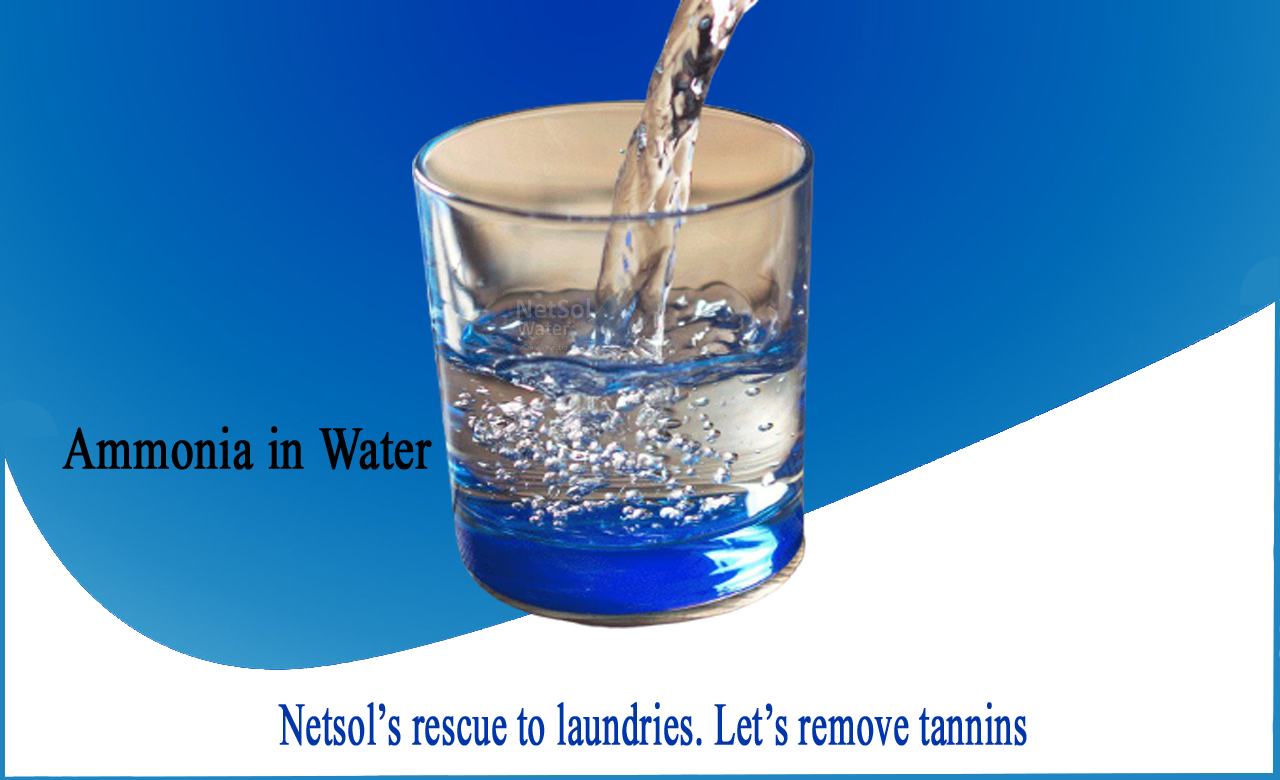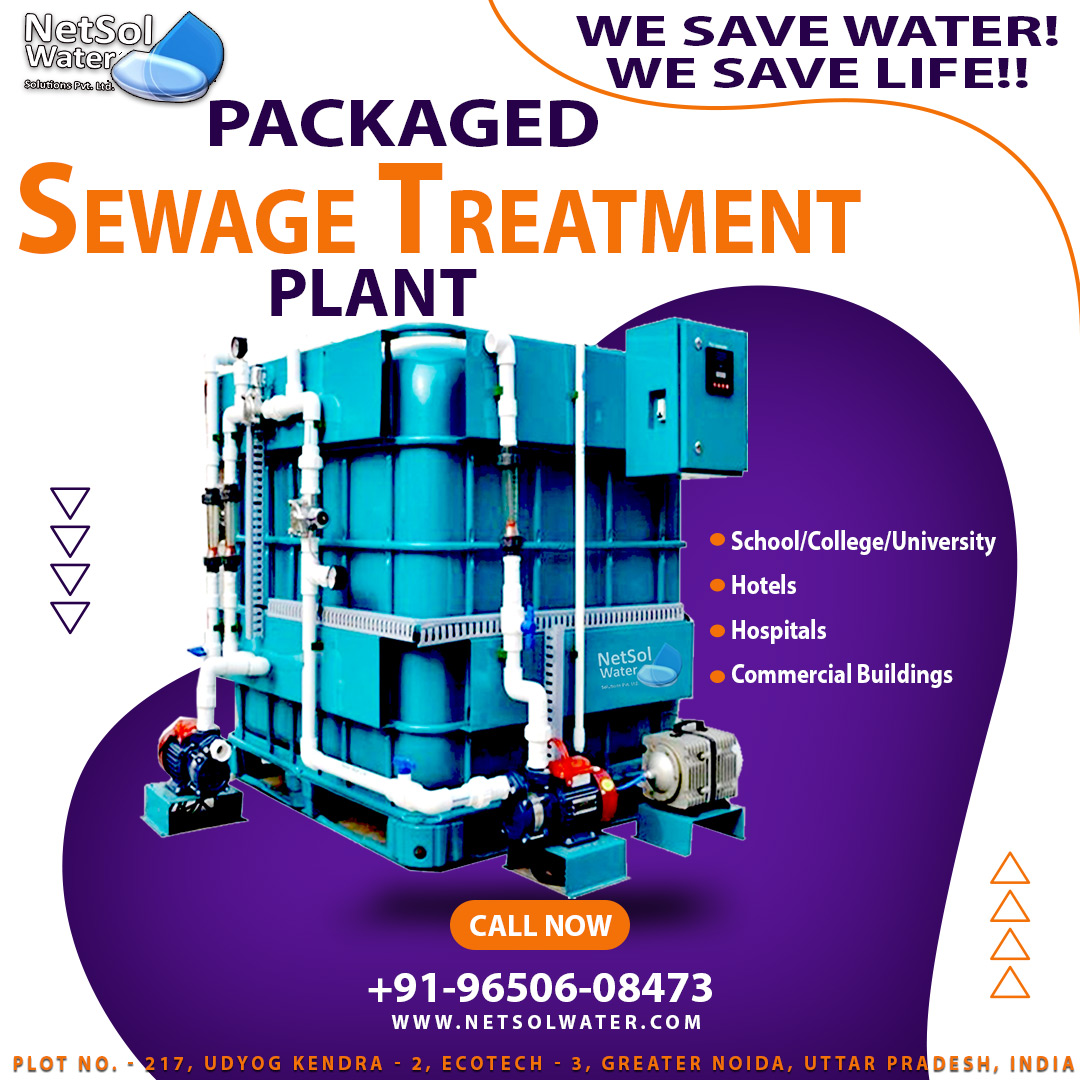Ammonia is a major pollutant of the environment. Oxidation is one of the most frequent methods for removing ammonia from water. Ammonia enters water supplies mostly by runoff from agricultural areas where it is used as fertilizer, and it is easily absorbed into subsurface aquifers through animal feedlot discharge. Because bacteria in the soil converts ammonia to nitrates, it is rarely detected in well water.
Some copper plumbing systems can be severely corroded by ammonia.Ammonia is not currently controlled in drinking water.Fish and dialysis patients are both poisoned by ammonia. The toxicity of this substance changes depending on the pH of the water.Despite the fact that ammonia is a respiratory irritant, the small number of studies that have been undertaken reveal no long-term harm.It's tough to get ammonia out of water. It can be removed using hydrogen cation exchange resin, which necessitates the use of acid as a regenerant. Degasification is also a viable option. Neither of these methods is easily adaptable for usage in a home.
According to the WQA Technical Application Bulletin for Ammonia, zeolite ion exchange regenerated with salt can effectively and affordably eliminate ammonia in public and private water supplies. With flow rates of 4 gpm per square foot of resin, a decrease from 20 to 1 ppm can be obtained using sodium alumina silicate zeolites.Ammonia can also be treated with natural zeolite clinoptilolite, which can be regenerated with salt.Distillation is an effective treatment for drinking water.Chlorination can eliminate ammonia chemically, but the following product is chloramine, which is equally difficult to handle.
In wastewater lagoons, nitrification is the most prevalent biological method for removing ammonia. Ammonia is treated in this procedure by bacteria that are already present in the water. These bacteria decompose ammonia and eventually cause nitrogen gas to escape into the atmosphere. As a result, the ammonia in your wastewater lagoon is nitrified, lowering the ammonia levels in your lagoon effluent.
To remove ammonium from water, physico-chemical or biological techniques might be applied.
PHYSICO-CHEMICAL TECHNIQUE
When the amount of chlorine is dosed above the critical point, ammonia elimination via reaction with chlorine is possible. Disinfection by-products (organo-chlorines, THM, and so on) frequently emerge under these conditions, and their presence is undesirable. As a result, this method is only effective when the water includes a small amount of precursors. i.e.
· Water with a low OM content
· Cleared and polished water at the end of a treatment train. This is especially true when compensating for a shortage in biological ammonia removal treatment (cold water seasons, for instance).
For eliminating ammonia, other oxidants (ozone, ClO2, chloramines, KMnO4) are unsuccessful.
BIOLOGICAL AMMONIA ELIMINATION (NITRIFICATION).
Because NH4 levels in raw water are relatively low, nitrification during the production of drinking water takes place through filters (attached growth) that are either dedicated by selecting granular media (bio lite) that encourages bacterial attachment, or through sand and/or GAC filters that may be required for other reasons.
There are also the following requirements:
· oxygen in adequate quantities;
· phosphorous addition (or presence) to promote bacterial growth;
· bacteria are autotrophic, meaning they get their carbon from hydrogen carbonates; adequate concentration of hydrogen carbonates (TAC) bacteria are autotrophic, meaning they get their carbon from hydrogen carbonates.
· a suitable pH (more than 7.5)
· a suitably high temperatures below 8 to 10°C, bacterial metabolism slows (and creates nitrites), and ammonia oxidation slows (and produces nitrites) or is completely inhibited (and produces nitrites).




